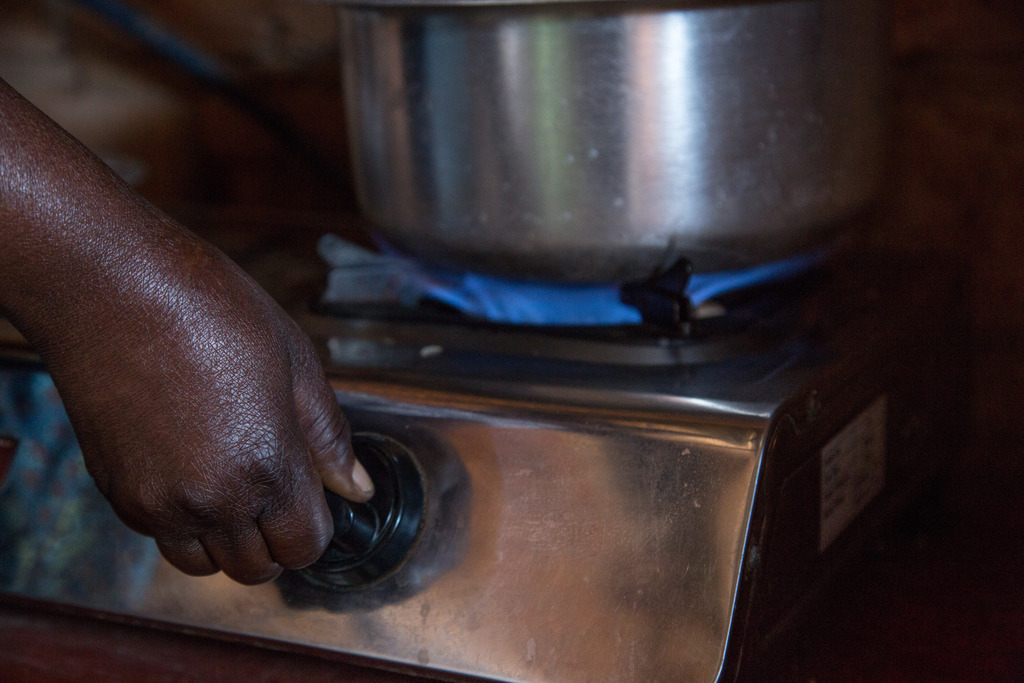care for the land
Climate-smart techniques make soils healthier, improve access to water and regreens the environment.
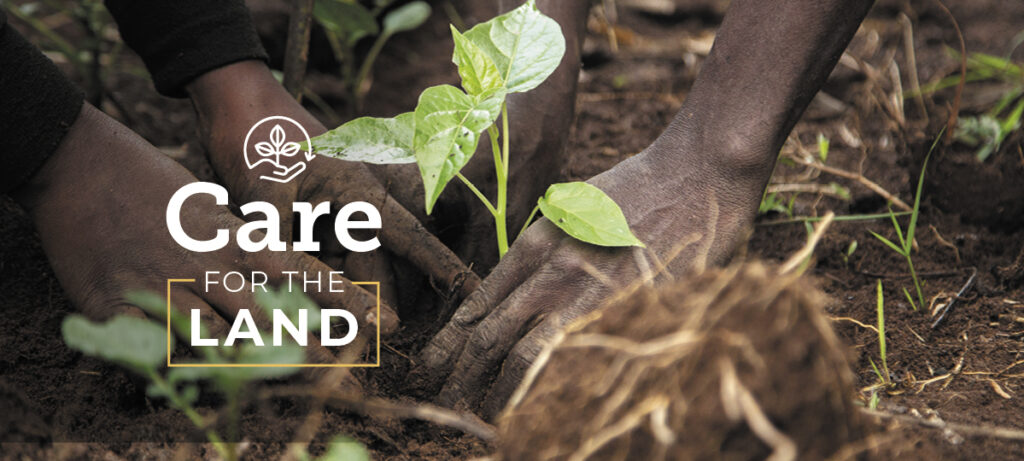
Climate change resilience
Smallholder farmers produce one-third of the world’s food, helping to nourish the planet’s 7.9 billion people. In recent years, unpredictable weather patterns have been challenging the ability of marginalized and vulnerable communities to grow the foods they’ve always relied on. Droughts, floods and erratic rainfall exacerbate the loss of fertile top soil, reducing the fertility and production capacity of farmland so that when natural disasters happen, farmers and producers lack the resilience to recover and rebuild.
What is Climate-Smart Agriculture?
Climate-smart agriculture is an approach to managing land — cropland, livestock, forests and even fisheries — that aims to address the intersecting challenges of food security and a changing climate. Climate-smart, sustainable agriculture practices not only replenish the land and rejuvenate ecosystem services, but also boost food production, strengthen local economies and help to mitigate climate change. Heifer works alongside smallholder farmers, livestock producers, farm input suppliers and policy makers to promote low-cost farming processes that increase production, build resilience and promote environmental sustainability.
1. Soil and water management
Heifer provides soil, water and animal management training and extension services to farmers and producers to encourage processes that improve soil quality and soil retention. By using organic fertilizers like manure or compost, planting cover crops and building water catchment areas, farmers can build and retain topsoil so their land is more productive and more resilient to droughts and floods.
In Ecuador, for example, farmers had been struggling with ‘infertile’ land for generations. Through the use of sustainable agricultural techniques, these farmers transformed into small-scale entrepreneurs and witnessed an increase in food production.
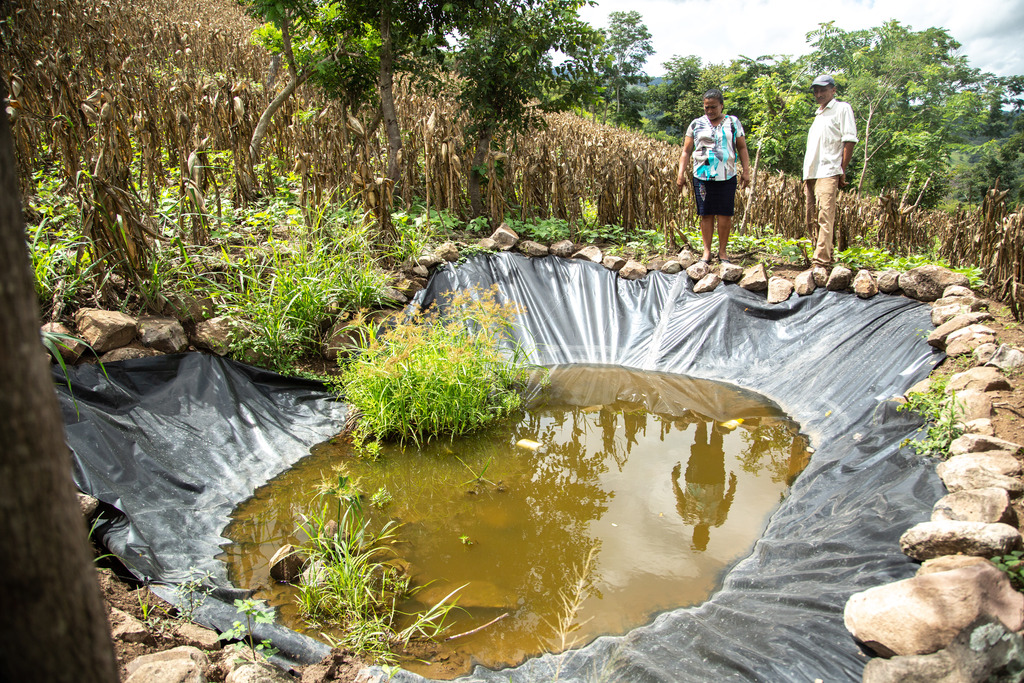
And in Nicaragua, 4,500 women, thanks to the right knowledge, learned to better cope with the long drought periods and short intense rainfall. Thanks to them, the surroundings are slowly turning green again.
2. Improving Livestock Farming Ecosystems
Heifer supports farmers to grow fodder for their animals, plant kitchen gardens and create opportunities for diversity of production and of diet so farmers are able to make the most of their available land.
Animal well-being is crucial to farmers building resilience. In many Heifer communities, animals are a source of wealth and an important source of food security — even the poorest farmers understand the importance of making sure that their animals thrive. Working alongside communities to understand and embrace local knowledge and local conditions, Heifer promotes management techniques, access to animal health services for disease control, better nutrition and organized marketing.
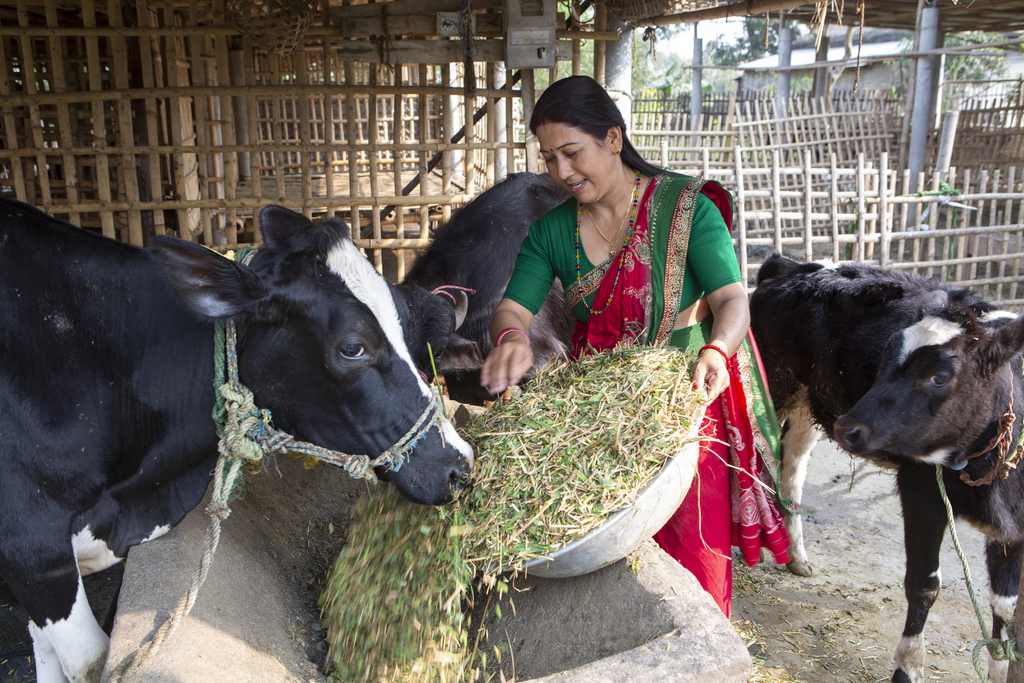
Heifer Nepal, for example, promotes the use of quality species of fodder and forage that replaces less nutritious grass. This higher yielding feed helps reduce greenhouse gas emissions from livestock, improves animal well-being and reduces overgrazing while mitigating climate change.
3. Responsibly managing waste
Farming produces large quantities of waste — nearly 100 million tons — that includes crop and horticulture residue, weeds, fertilizers and livestock waste. Improving consumption habits and utilizing agricultural byproducts reduces greenhouse emissions and mitigates environmental degradation.
In Bangladesh, Heifer is promoting the production and use of environmentally-friendly organic fertilizer like vermicompost, produced using cow dung and worms, as well as pit compost from kitchen waste, to discourage the use of chemical fertilizers. Use of these manure pits also helps reduce greenhouse emissions.
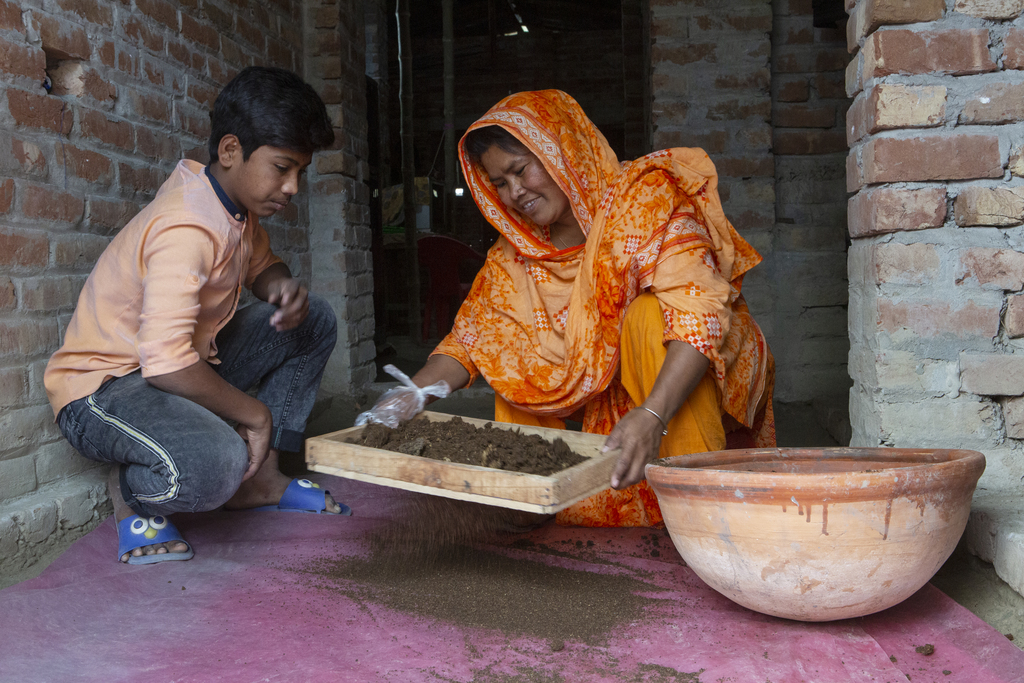
4. Adopting Sustainable Energy Sources
Utilizing sustainable energy solutions in agriculture saves money and the environment. Biofuels and biomass turn waste into wonder, so that farmers enjoy the benefit of power without the expense.
In India and Kenya, biogas cook stoves help rural households save time and money. Solar-powered hatcheries and incubators improve production so that farmers earn more while saving money and the environment.
